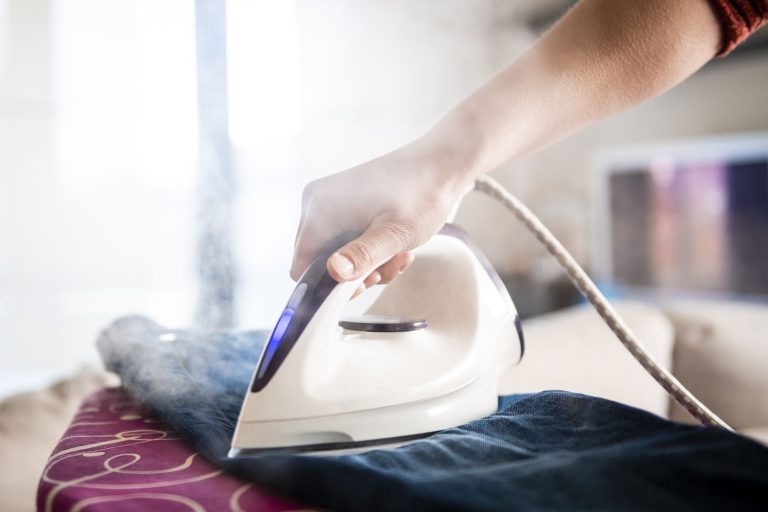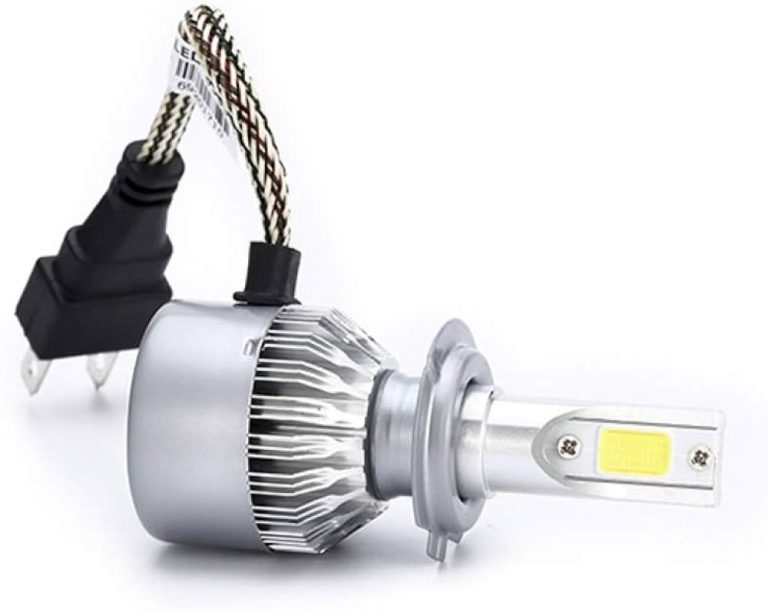9 Best Way Pool Tips: Material, Design, Features, Filtration, and More
Dreaming of transforming your backyard into a refreshing oasis? A pool can be the ultimate addition to your home, offering a perfect spot for relaxation, exercise, and family fun. But with so many options available, choosing the right pool can feel overwhelming.
In this guide, you’ll discover the 9 best ways to create your dream pool. From design choices to maintenance tips, we’ve got you covered. Dive in and explore the possibilities that will make your pool the envy of the neighborhood.
1. Assessing Space and Budget
When planning your dream pool, it’s crucial to assess the available space and set a realistic budget.
Determining the Size of the Pool
Measure the available space in your backyard. Consider not only the pool size but also the surrounding deck, patio, and landscaping. Think about how much room you’ll need for lounging, socializing, and safety. Smaller yards might benefit from compact, plunge pools, while larger spaces can accommodate expansive lap pools or resort-style designs. Use a tape measure to outline potential pool dimensions to visualize how it fits.
Setting a Realistic Budget
Set a budget that factors in the initial construction, landscaping, and ongoing maintenance. Research different pool types, such as above-ground, in-ground, and semi-inground, to understand their cost ranges. Budget-friendly options include vinyl-lined pools, while concrete pools offer durability at a higher price. Don’t forget to include costs for permits, accessories like lights and covers, and future maintenance. Allocate funds accordingly to ensure you don’t exceed your financial limits.
2. Choosing the Right Location
Picking the ideal spot for your pool is crucial. The right location can impact maintenance, safety, and overall enjoyment.
Evaluating Sunlight Exposure
Maximize sunlight exposure to keep your pool water warm. Look for areas with minimal shade from trees and buildings. Observing how sunlight moves through your backyard throughout the day can help determine the sunniest spot. A sunny location also reduces chemical usage by preventing the growth of algae. To avoid debris and leaves falling into the pool, consider it in relation to nearby trees.
Considering Proximity to Utilities
Ensure your pool is close to necessary utilities like water, electricity, and gas lines. This placement will simplify installation and maintenance, reducing costs. Positioning your pool near existing water and electrical sources can quickly resolve any issues, facilitating easier hookups for pool equipment like pumps and heaters. Ensure there is easy access to drainage to prevent pooling water around your pool area and reduce the risk of accidents.
By considering these factors, you’ll set up your pool in a location that enhances both functionality and enjoyment.
3. Type of Pools to Consider
Choosing the right type of pool for your space and needs is crucial. Here, we’ll explore popular options to help you decide.
Above Ground Pools
Opt for above ground pools if you’re looking for a budget-friendly and quick-to-install option. These pools come in various shapes and sizes, making them adaptable to different spaces. Maintenance is generally easier and less costly than in-ground pools. You can also disassemble them if needed, making them a flexible choice. Some popular models include inflatable or frame-set designs from brands like Intex and Bestway.
In-Ground Pools
Select in-ground pools if you’re aiming for a permanent and more aesthetically pleasing solution. Although they require a higher budget and longer installation time, in-ground pools offer superior durability and customization options. Materials like concrete, fiberglass, and vinyl liner allow for varied shapes and features such as built-in steps or tanning ledges. These pools enhance your property’s value and can include luxuries like waterfalls or integrated spas.
4. Material Choices for Durability
Choosing the right materials for your pool is crucial for longevity and minimal maintenance.
Concrete Pools
Concrete pools offer unparalleled customization. You can shape them to fit any design preference. They’re exceptionally durable and can last for decades with proper care. However, they do require more maintenance, such as regular resurfacing and cleaning.
Fiberglass Pools
Fiberglass pools are low-maintenance and quick to install. Their smooth surface resists algae growth and requires fewer chemicals. You can expect a lifespan of 20-30 years. They come in pre-molded shapes, limiting customization but speeding up the installation process.
Vinyl Liner Pools
Vinyl liner pools are budget-friendly and versatile. You can select from various patterns to match your aesthetic. They’re less durable than concrete or fiberglass, often needing liner replacement every 7-10 years. However, they’re smooth to the touch and less prone to algae.
5. Pool Design and Features
Choosing the right design and features for your pool can enhance your backyard’s aesthetics and make it more enjoyable for everyone.
Architectural Harmony
Ensure your pool matches your home’s architecture and landscape. A modern, geometric pool design complements contemporary homes, while freeform designs blend well with natural, rustic settings. Assess elements like paving materials and water features to create a cohesive look.
Fun Features like Slides or Diving Boards
Include fun elements to boost your pool’s appeal and enjoyment. Install slides for younger swimmers or diving boards for thrill-seekers. These features should be chosen based on the pool’s depth and the space available, ensuring they adhere to safety standards.
6. Efficient Filtration Systems
Choosing the right filtration system for your pool can dramatically improve water quality and reduce maintenance.
Sand Filters
Sand filters are among the most popular filtration systems due to their effectiveness and ease of use. Water is pushed through a bed of sand, which captures particles and debris. These filters typically need backwashing about once a month. While affordable and durable, sand filters may not capture the smallest particles, which might require supplemental treatment.
Cartridge Filters
Cartridge filters offer a high degree of filtration, capturing finer particles than sand filters. They consist of a cartridge element that captures dirt and debris as water passes through. Cartridge filters are easy to clean by simply hosing off the cartridge or soaking it in a cleaning solution. They require less water for maintenance compared to sand filters and need replacement every few years, making them efficient and eco-friendly.
7. Heating Options
Choosing the right heating options for your pool can extend your swimming season and enhance comfort. Here are the top heating options to consider for your pool.
Solar Heaters
Opting for solar heaters is an eco-friendly and cost-effective way to heat your pool. These systems harness the power of the sun, using solar panels to capture and convert sunlight into heat. Installation involves placing solar collectors on your roof or beside your pool, connecting them to your pool’s pump. Although the initial setup may be pricey, the long-term savings on energy bills and minimal maintenance costs make solar heaters an attractive option.
Gas Heaters
Consider gas heaters if you need rapid heating for your pool. Powered by natural gas or propane, these heaters are known for their quick heat-up times, making them ideal for pools that are used intermittently. Gas heaters can maintain any desired temperature regardless of the weather, ensuring your pool is always ready for use. They are, however, less energy-efficient compared to other options and have higher operational costs due to fuel consumption.
Heat Pumps
Think about heat pumps for a highly efficient and consistent heating solution. Unlike gas heaters, heat pumps use electricity to transfer heat from the air to your pool. They work best in warmer climates but can function efficiently in temperatures as low as 50°F. While the upfront cost is higher, their energy-efficient operation can lead to significant savings on your energy bills over time.
8. Pool Safety Measures
Safety is crucial when owning a pool. Implementing proper safety measures can prevent accidents and ensure a fun experience for everyone.
Fencing Options
Installing a fence around your pool keeps both children and pets safe. Mesh fencing offers a durable and transparent option, while metal fencing provides a sturdier barrier. Wooden fences blend aesthetically with your backyard but require maintenance. Choose a fence that’s at least 4 feet high and includes a self-closing, self-latching gate for added security. Local regulations might require specific fencing standards, so always check and comply with these rules.
Pool Covers
Using pool covers when your pool isn’t in use prevents accidental falls. Solid covers block debris and provide a robust barrier, while mesh covers allow water to drain while keeping out larger debris. Automatic pool covers offer the convenience of easy deployment and can be operated with a button, ensuring that the pool is always safely covered. Solar covers can also reduce heating costs but are less effective as safety barriers. Always look for covers certified by safety standards to ensure maximum protection.
9. Maintenance and Upkeep
Proper maintenance and upkeep are vital to keep your pool in great condition and extend its lifespan. Focusing on regular cleaning and balancing chemical levels ensures a safe and enjoyable swimming environment.
Regular Cleaning Schedule
Establish a consistent cleaning routine for your pool. Vacuum the pool floor weekly to remove dirt and debris. Brush the walls and tiles to prevent algae buildup. Skim the surface daily to remove leaves and insects. Clean the pool filter as recommended based on usage; cartridge filters need cleaning every 2-3 weeks, while sand filters require backwashing monthly.
Balancing Chemical Levels
Monitor your pool’s chemical levels regularly. Test the water at least twice a week using test strips or a liquid test kit. Maintain the pH level between 7.2 and 7.6 to ensure water safety and prevent damage to pool equipment. Adjust chlorine to 1-3 ppm to keep the water sanitized. Occasionally check alkalinity (80-120 ppm) and calcium hardness (200-400 ppm) to prevent scaling and corrosion.
Conclusion on Creating Your Ideal 9 Best Way Pool
Creating your ideal 9 best way pool involves careful consideration of materials, design, and features. Each material—concrete, fiberglass, and vinyl liner—offers unique benefits and challenges. Thoughtful design choices can transform your backyard into a stunning oasis, while efficient filtration and heating systems ensure a clean and enjoyable swimming experience. Regular maintenance and proper chemical balance are crucial for safety and longevity. By understanding these elements, you’re well-equipped to build a pool that perfectly suits your needs and enhances your outdoor living space.
.webp)




